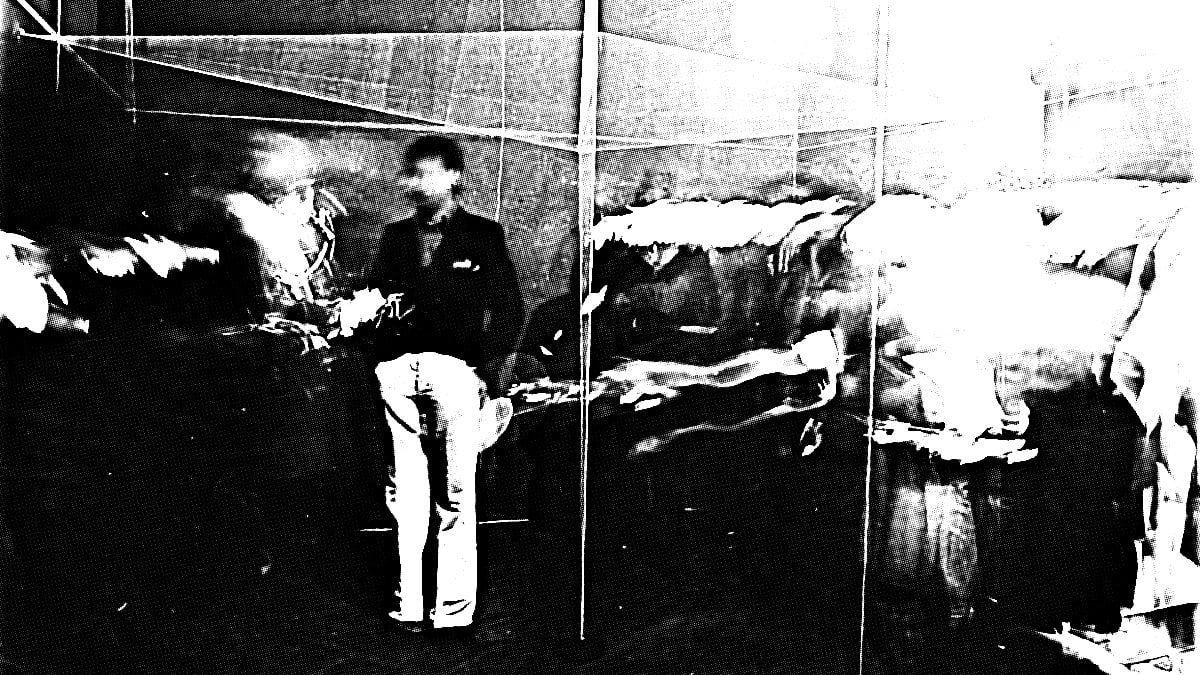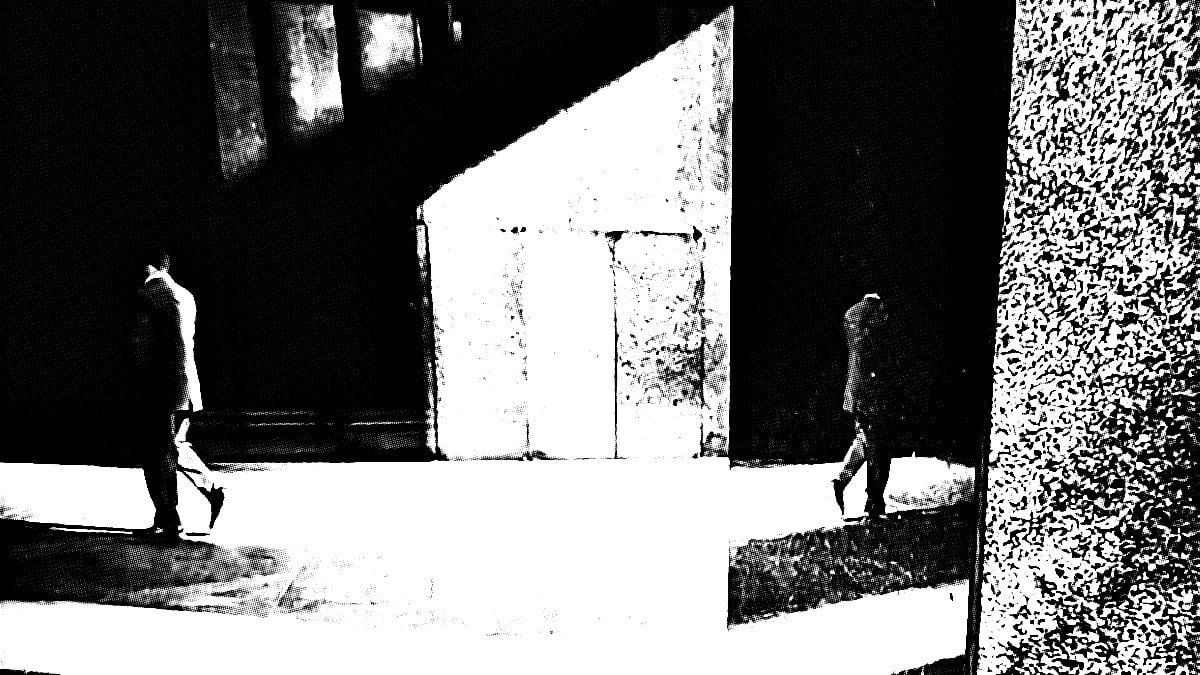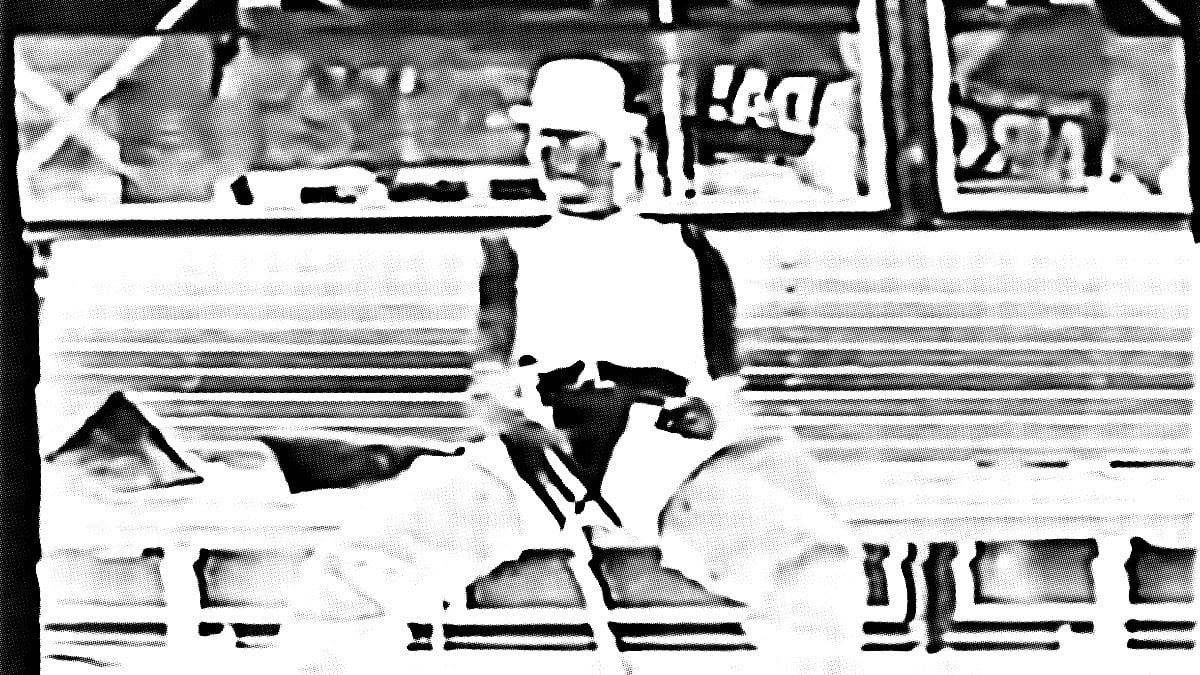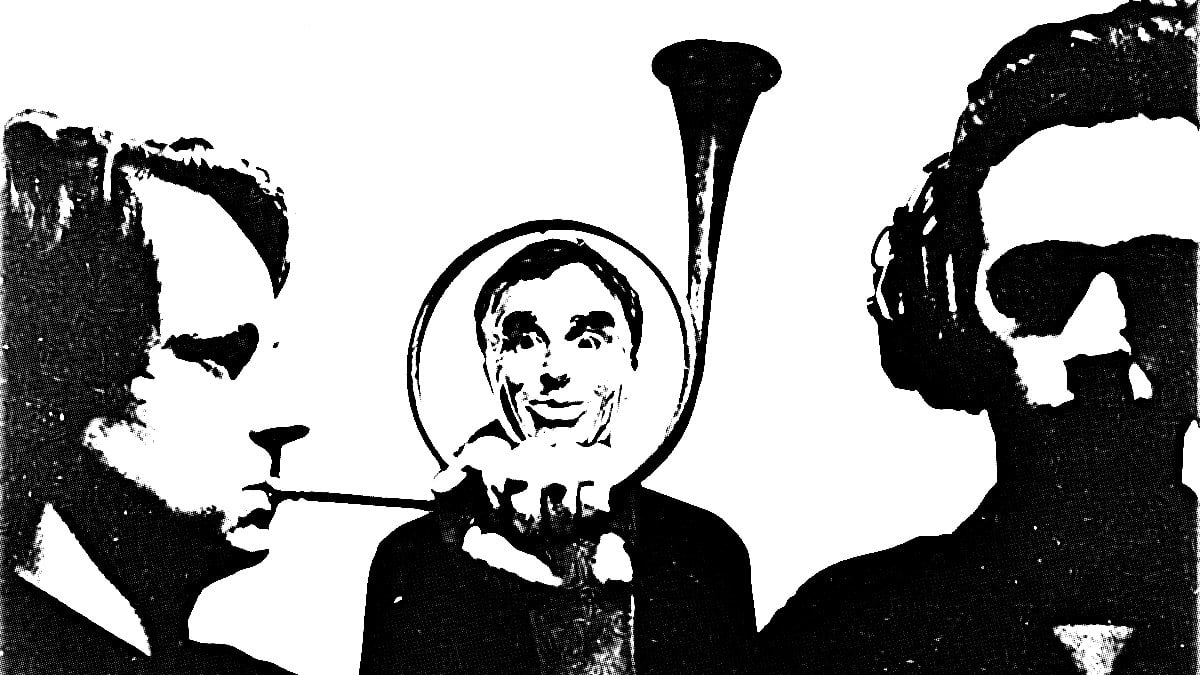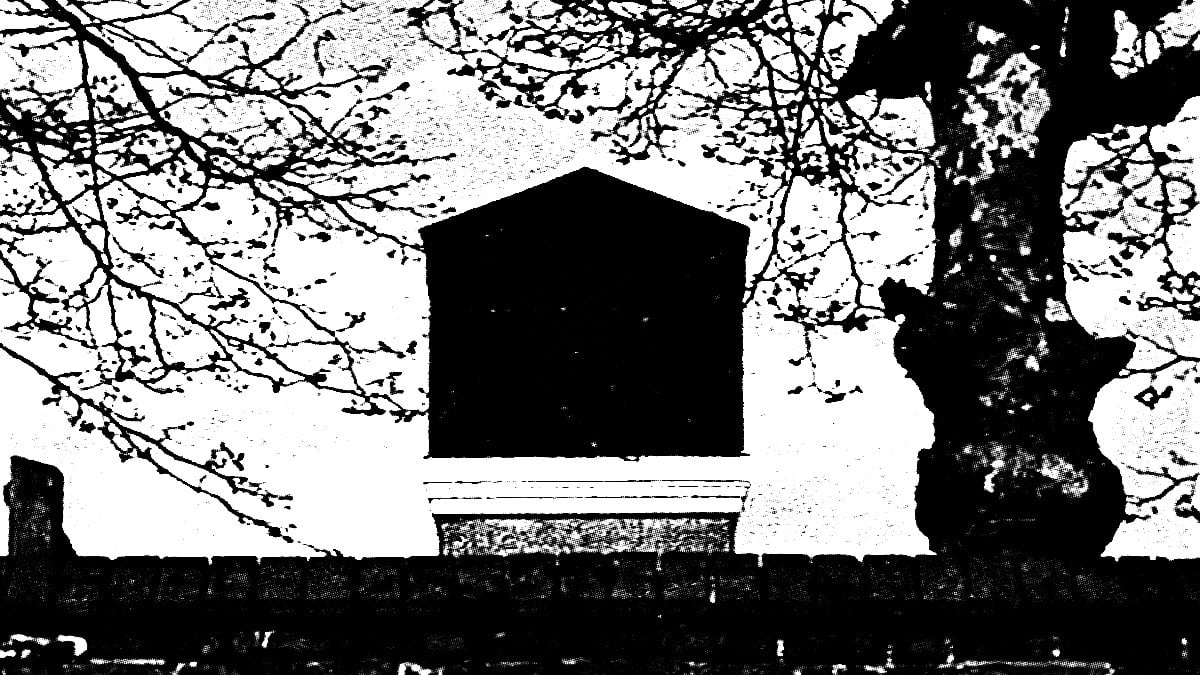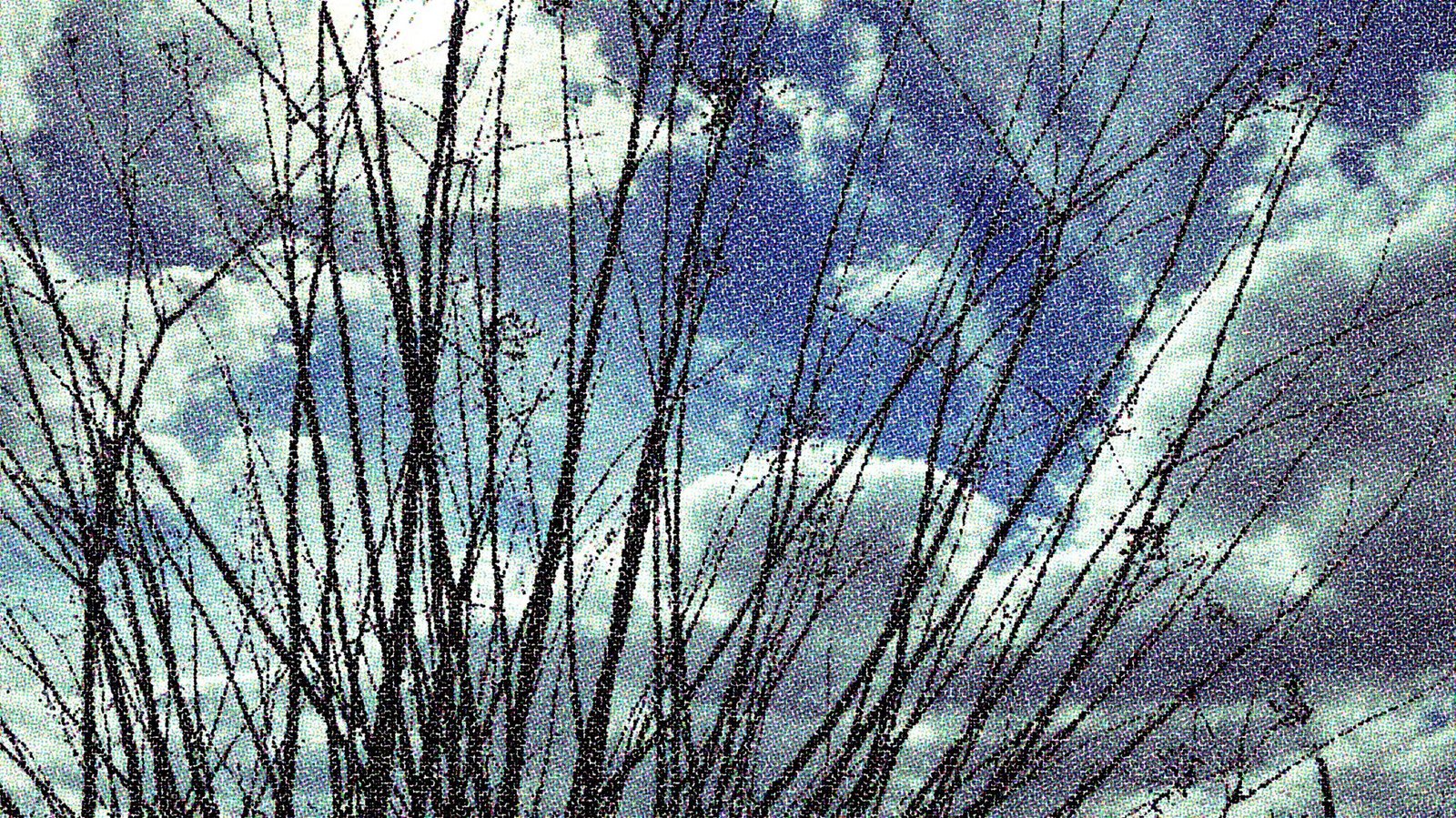
This morning, I took a photo of the sunrise over my backyard lake. I used to do this almost every day—my sunrise diary. But I also used to get up a lot earlier. These days, I’m in bed until 7:30-ish, which is seriously sleeping in compared to my routine a few months back. These aches and pains, combined with the cold weather, are making it tougher to catch the sunrise, but these photos remain an aspiration. How many sunrises can one see in a life? It’s worth seeing as many as you can.
I’m amused by another barometer of time due to the recent attention given to the performance of John Cage’s “As Slow As Possible” (or, originally, “Organ2/ASLSP”) at the St. Burchardi church in Halberstadt, Germany. The performance began in 2001, nine years after Cage’s death, and the church’s organ is scheduled to stop playing in 2640. This length is based on the age of the oldest keyboard instrument — 639 years — at the time of the project’s conception. Temporal reflection is the goal, as is the draw of a special kind of nerdy tourist to the town of Halberstadt.
There are other elongated installations that comment on humankind’s mere blip on the great timeline. Pogues member Jem Finer’s “Longplayer” beats out “As Slow As Possible,” beginning a year earlier and performing its computer-generated synthesis of sound well into 2999. There’s also Danny Hillis’s The Clock of the Long Now, associated with The Long Now Foundation, as well as the unexpected alliance of Bezos and Eno. Presently under construction, it’s assumed to sit within its mountainous Texas dirt hole and periodically chime over 10,000 years.
The idea is to encourage long-term thinking. Very long-term thinking. One can hope contemplation on the organ’s final note fading into the middle of the 27th century might inspire more people to consider future generations for the sake of our resources, our efforts at sustainability, and planning out our lives within a community of species. But, watching the video of the changing of the note at St. Burchardi church, you’ll see folks staring with anticipation and applauding enthusiastically as the next organ pipe finally bellows its tone. They are completely in the ‘now,’ not the ‘long.’ “As Slow As Possible,” probably to Cage’s discomfort if he knew, has become a series of sudden spectacles.
All this long-term contemplation makes me crave something speedy. So, I’m dipping into the catalog of the eclectic Icelandic label Móatún 7 for a split single from Futuregrapher and Self Oscillate. It’s what we kids called drum n’ bass when we probably should have just said ‘jungle.’ I know nothing about either of these artists, but they’ve made an enjoyable attempt at frenetically percussive riddim music. Futuregrapher’s “Dominika” has a nostalgic appeal with a fairly traditional use of that ‘Amen’ business over synthy whisps, moans, and sighs. Midway into the track, an acid riff appears out of nowhere, like someone accidentally hit the wrong patch on the softsynth. But it’s brief, and it works—and I don’t like acid riffs, so hey. As interesting as that is, Self Oscillate does one better with the slinky “Gatekeeper,” sounding a little like if Photek were obsessed with film noir instead of Wuxia movies. The tune is spare, mostly chunky hi-tension drums, frequent sub-frequency dives, and a repeating half-measure bass line. I’m not sure how these cuts stand up to the rampant innovation of jungle’s heyday, but for this split single’s year of release (2019), I think they did just fine.
